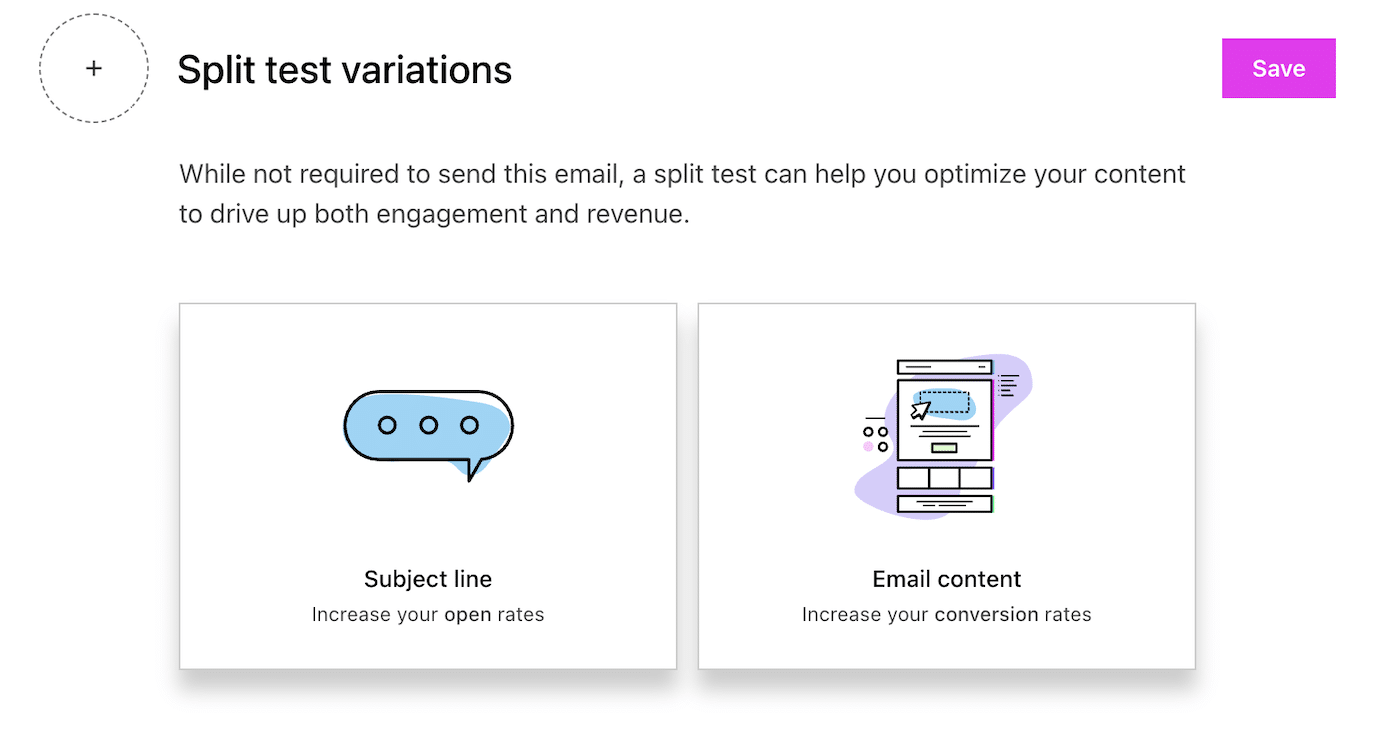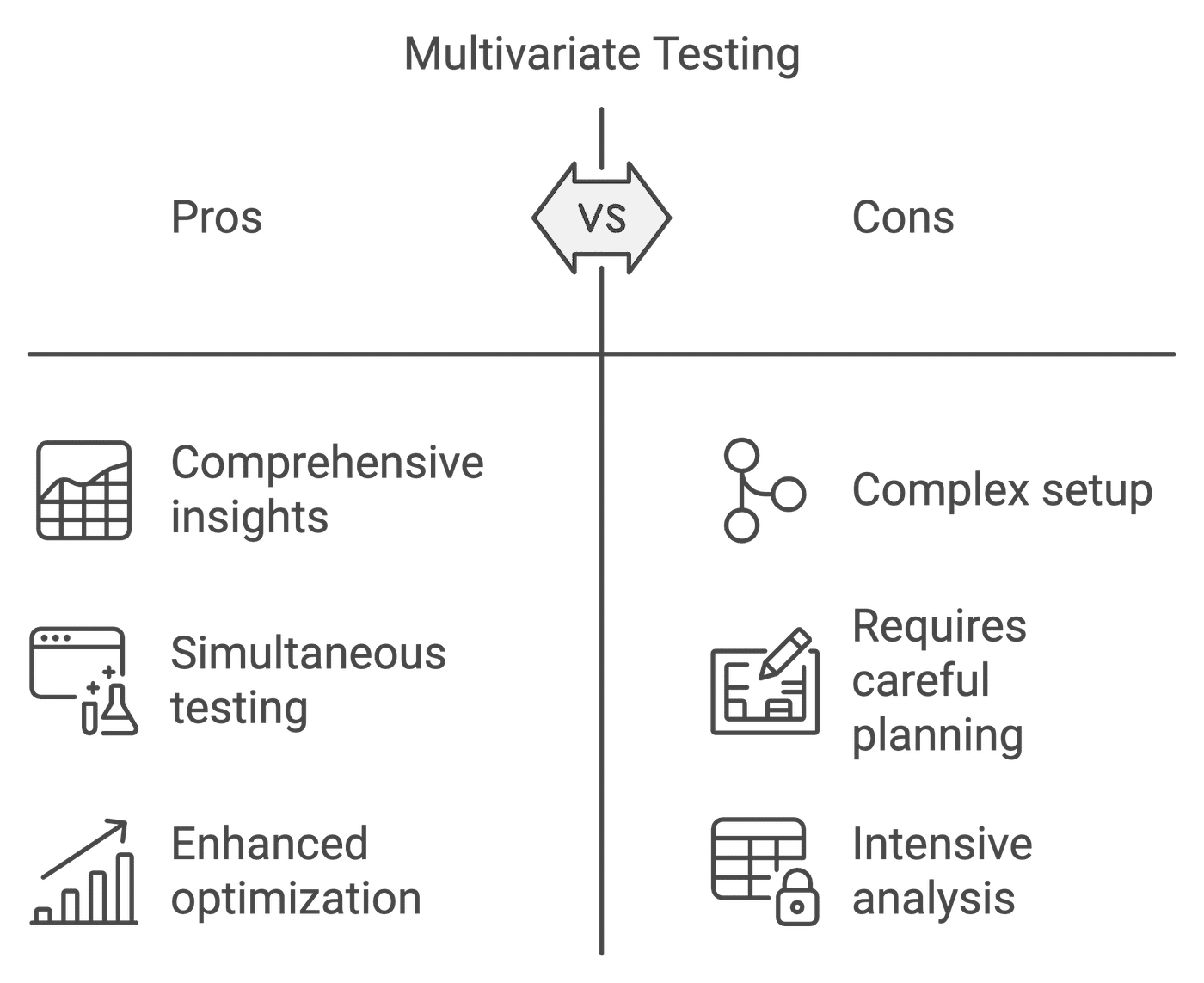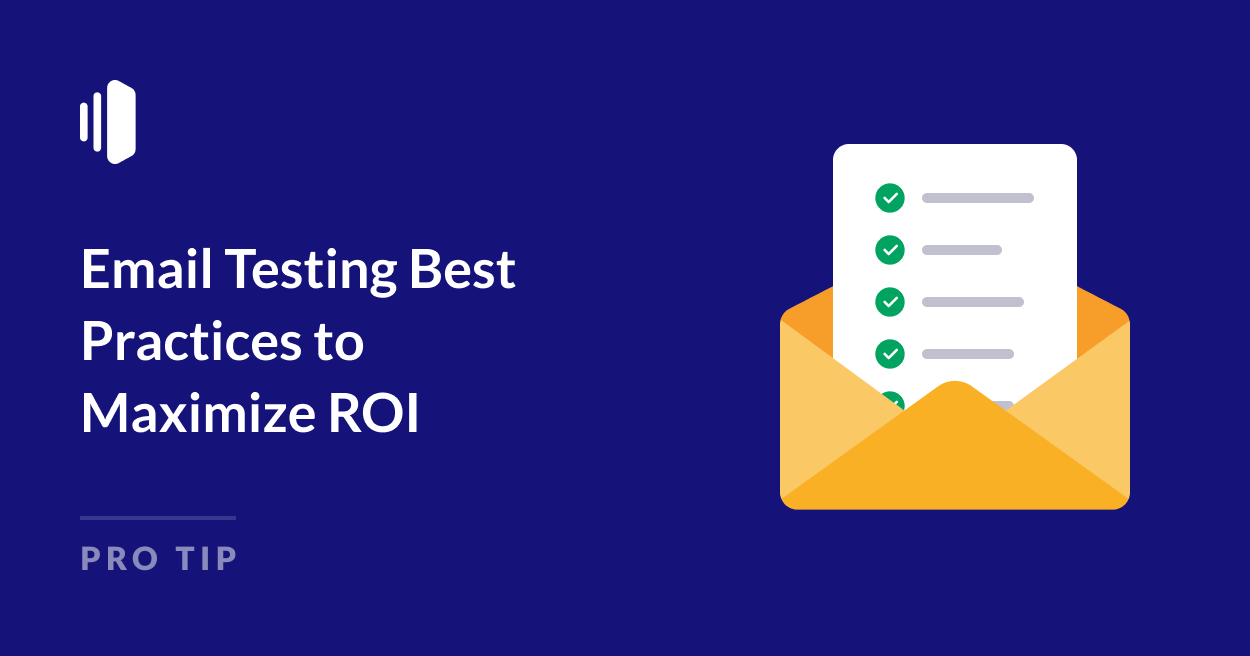Transactional emails- from order confirmations to shipping notifications and password resets – form the backbone of how businesses interact with their users. But its not enough just to send them out and hope for the best.
To get the most out of your transactional emails, you need to continually test, adjust, and optimize them.
This isn’t just about making your emails look pretty – it’s about enhancing user experience, driving engagement, and achieving tangible business results. And of course, it’s vital to use a reliable email provider and test deliverability regularly too. After all, what happens if those carefully nourished emails don’t land in the inbox at all?
Even small tweaks to your emails can lead to significant improvements in customer satisfaction and engagement metrics. In this article, I’ll explore effective email testing techniques that will help you refine your transactional emails, boost their performance, and ultimately, maximize your ROI.
Why Testing Transactional Emails is Crucial
Imagine you’re running a major sale on your site. Your social media is buzzing, your ads are converting like crazy. But then, a customer makes a purchase and the order confirmation doesn’t appear in their inbox. Suddenly, all that hard-won trust starts to evaporate.
That’s the power – and potential pitfall – of transactional emails. Get them right, and you’re building relationships. Get them wrong, and you’re leaving money on the table.
Let’s break down what’s really at stake when your transactional emails aren’t pulling their weight:
- Revenue Leakage: Unclear order details or missing shipping information can lead to order cancellations.
- Customer Churn: In an age where customer experience is king, a series of confusing or unhelpful transactional emails can send users running to your competitors.
- Brand Reputation Nosedive: Remember, every email is a reflection of your brand. Sloppy transactional emails can chip away at the polished image you’ve worked so hard to build.
- Missed Upsell Opportunities: A well-crafted transactional email isn’t just informative – it’s a chance to drive additional engagement or purchases.
Sending emails from a website can involve many technical challenges from server errors and plugin misconfigurations to display issues, spam filter problems, and authentication issues.
You can’t catch every one of these potential problems. But you can certainly reduce the risk of them tripping you up by making sure you test your emails thoroughly.
Types of Testing for Transactional Emails
When it comes to optimizing your transactional emails, there’s no one-size-fits-all approach.
Different types of testing can reveal various insights about your email performance.
Let’s take a look at four key testing methods that can help you fine-tune your transactional emails for maximum impact.
A/B Testing
A/B testing, also known as split testing, is a method where you compare two versions of an email to see which performs better.

You can run split tests on several different aspects of the email from the subject line to design, content, and more.
While many email marketing platforms offer built-in split testing, you can also run A/B tests manually by sending two different versions of emails out to different groups of users and monitoring the results.
Examples specific to transactional emails include:
- Testing subject lines for order confirmations (e.g., “Your order is confirmed!” vs. “Thanks for your purchase!”)
- Comparing button text for password resets (e.g., “Reset Password” vs. “Secure Your Account”)
- Evaluating different layouts for shipping notifications
Pre-Send Testing
Before hitting that send button, it’s crucial to ensure your emails will reach their destination and look great when they get there.
Pre-send testing focuses on:
- Deliverability: Will your email make it to the inbox, or will it be flagged as spam?
- Rendering: How does your email look across various email clients and devices?
Remember, an email that doesn’t reach the inbox or displays incorrectly is a missed opportunity to engage with your customer.
You can use tools like Mail Tester to check both the content and the deliverability of your emails.

It’s also important to check your emails and email templates on different devices before you send them out. What looks great on a laptop might be difficult to read on a mobile device.
Behavioral Testing
While A/B and pre-send testing focus on the email itself, behavioral testing looks at how recipients interact with your emails.
Key metrics to observe include:
- Click rates on shipping updates: Are customers tracking their packages?
- Response rates to low stock notifications: Do these emails drive customers back to your site to complete a purchase?
- Open rates for order confirmations: Are customers double-checking their order details?
By analyzing these behaviors, you can gain insights into which emails are truly engaging your customers and driving desired actions.
Multivariate Testing
For those ready to take their testing to the next level, there’s multivariate testing. This method allows you to test multiple variations of elements simultaneously.
How it works:
- Instead of testing just two versions (A and B), you might test multiple combinations of subject lines, layouts, and call-to-action buttons all at once.
- This can be particularly useful for complex transactional emails where multiple elements might influence customer behavior.

Remember, while powerful, multivariate testing requires careful planning and analysis to yield meaningful results.
Key Elements to Test in Transactional Emails
When it comes to optimizing your transactional emails, every element counts. From the subject line that first catches your recipient’s eye to the call-to-action button that drives engagement, there’s a lot to consider.
Subject Lines and Preheaders
Your subject line is your first (and sometimes only) chance to grab your recipient’s attention.
And don’t forget about preheaders – that snippet of text that appears after the subject line in most email clients.
A/B Tests can be effective to try different approaches and see what style of subject line gets higher open rates
Content and Structure
The body of your email should be clear, concise, and logically structured. Consider testing:
- Information hierarchy: What order of information (e.g., order summary, shipping details, customer service contact) gets best engagemetn from your users?
- Formatting: Do your users prefer plain text or HTML emails? Test both to see which drives more engagement.
- Content length: How much detail is too much? Test concise vs. more detailed emails to find the sweet spot.
Remember, the goal is to provide all necessary information without overwhelming the recipient.
Call-to-Action (CTA) Buttons
Your CTA is where you want your recipient to click, so it’s worth testing thoroughly:
Some of the things you can test include placement (does a CTA at the top of the email perform better than one at the bottom), color, and wording.
Always ensure your CTA aligns with the user’s intent. For a password reset email, “Secure Your Account” might perform better than a generic “Click Here”.
Deliverability and Spam Testing
While crafting the perfect email is crucial, it’s equally important to ensure that your emails actually reach your recipients’ inboxes.
Deliverability and spam testing should be a key part of your email optimization strategy.
- Spam Score: Use tools to check your email’s spam score before sending. Many factors can influence this, including the use of certain words or phrases and the presence of links, especially those that are shortened or masked
- Authentication: Ensure your emails are properly authenticated using protocols like SPF, DKIM, and DMARC. This helps receiving servers verify that your emails are legitimate.
- IP and Domain Reputation: Monitor your sending IP and domain reputation. A poor reputation can significantly impact your deliverability.
- Inbox Placement: Test where your emails land – inbox, promotions tab, or spam folder. This can vary across different email providers.
- Content Filtering: Some words or phrases might trigger content filters. Test variations of your copy to identify and avoid these triggers.
- Engagement Metrics: ISPs often use recipient engagement to determine whether to deliver emails to the inbox. Monitor and work to improve metrics like open rates and click-through rates.
Remember, deliverability can vary across different email clients and geographical regions. Use tools and services that allow you to test your emails across a wide range of scenarios.
By incorporating deliverability and spam testing into your overall email testing strategy, you can ensure that your carefully crafted transactional emails not only look great and engage your audience, but also successfully reach their intended recipients.
That’s it! Now you know the best practices for testing your email
Next, would you like to learn about email data privacy? Take a look at our guide to email data privacy laws and legislation to make your your emails are on the right side of them.

0 comment on "Email Testing Best Practices to Maximize ROI"